Meadowmere is one of the city’s peripheral places, like Broad Channel or Hamilton Beach, that is about as far from the glass and steel towers of midtown, both geographically and psychically, as you can get. The waterfront of the New York City archipelago has played a pivotal role in its history, but as the shoreline has been reshaped through years of development, its wetlands replaced by landfill and asphalt, the remaining small communities that once thrived at the water’s edge have largely been forgotten in the name of progress. A rising tide may lift all boats, but it will also flood your basement.
With a population of only around 60 people, Meadowmere feels like the smallest neighborhood in New York City. Neighboring Warnerville is even smaller. Technically, both are part of the larger neighborhood of Rosendale, but if you look at a map and visit the area, they feel like they are their own distinct entity.
Both neighborhoods are on the water, cut off from the rest of Rosendale by the “arterial horror” that is the 6-lane Rockaway Boulevard. The constant refrain of planes landing at nearby JFK provides a perpetual soundtrack.
Hungry Hungry Hippos
Meadowmere is easy to miss. If you’ve gone past the International House of Pancakes* on Rockaway Boulevard, you’ve gone too far. That’s exactly what I did the last time I visited.
After spending an agreeable thirty minutes walking around and photographing the neighborhood, I realized I was not, in fact, in Meadowmere but rather Meadowmere Park, a floating chunk of Nassau County, Long Island, that resembles a hippo about to devour its smaller Queens sibling.
In Meadowmere Park, the streets are freshly paved, and the homes have been recently renovated. Many of them have been elevated off their foundations to deal with the inevitable storm surges that plague the shoreline.
I had to cross the 75-foot wooden bridge connecting the two neighborhoods to return to Queens.
Back in Meadowmere, the houses are a ramshackle assortment of two-story bungalows and fishing shacks strewn about the neighborhood’s six blocks. Both times I visited, the streets were rutted and cracked, full of large pools of standing water despite the fact that it hadn’t rained in several days.
"You can't let your kids run in the street. They could fall in those holes and drown." 1
While the front lawns in Meadowmere Park are neat and manicured, any available open space in Meadowmere is used to store boats, trailers, and the occasional bus.
The neighborhood did not receive municipal services until 1995 when the city took title to its four streets. Previously, the roads were deemed too small to make it onto any map. For the city to consider any street official, it must be 50' wide. The streets in Meadowmere are only 20’ wide.
In 2010, after years of flooding and raw sewage flowing unencumbered into Jamaica Bay, the DEP finally completed a $37.5 million extension of the 7,400-mile-long sewer system to include Meadowmere and Warnerville.
However, the new system was no match for Hurricane Sandy, which came two years later and submerged both neighborhoods in over five feet of water.
Mummichogs & Bloodworms
When care and noise oppress me,
And politics make me sick,
To the woods I go like a bumblebee and whittle me a bit of stick.
And when I have it whittled fine,
On the end I tie a string
And then this lovely fishing line
In Jamaica Bay I fling.
Then the fool-fish come to meet their fate,
When the bay is soft and calm
And gobble me bait so clane and so nate –
Shure I always fish with calm.
Brooklyn Eagle June 1, 1902.
There is only one business in Meadowmere, the M&B bait shop, opened by Mary and Bob Seaman. The Seamans have been fishing and eel trapping in Jamaica Bay for several generations. Brothers Bob and Larry learned eel trapping from their father and passed on their knowledge to the next generation. The Seamans have spent years plying the shallow waters of the bay on a flat bottom skiff, bringing in baskets of silver-backed eels and bait like spearing and mummichogs and selling them to local fishermen and bait shops.
There has been plenty written about the Seamans—you'd be hard-pressed to find any article on Meadowmere without a quote or anecdote attributed to someone in the family—but that’s because they represent a rare link to the past, the last citizens of the city who share a symbiotic relationship with the waters that surround us.
A fantastic article by Charlie Leduff in the NY Times, Last Days of the Baymen, does a deep dive into the waning days of Jamaica Bay’s fishing and hunting communities. Though that article was written in 1997, the bait shop is still running, and Larry’s daughter, Kim, is still delivering eels, bloodworms, and killifish throughout the city.
Like The Proverbial Rose
An article from the Brooklyn Eagle published in 1908 credits Sheriff William C. Baker with Meadowmere’s founding. Baker bought the uninhabited land in Jamaica Bay as a diversion to help him recover from a near nervous breakdown. Despite his friends saying it was the “worst real estate decision he had ever made” and his brother claiming that anyone who thought “living in the mud of the bay” should be appointed a guardian, the sheriff went ahead with his plans.
In no time at all, Sheriff Baker transformed the mud flats ”into a place that would blossom like the proverbial rose and be the rendezvous of hosts of New Yorkers during their summer outings.”
The Eagle’s glowing portrayal of Meadowmere waxes poetic on the “clear waters of the smooth, sandy beach….filled with merry laughter from morning till night.”
By 1923, according to this advertisement, much of Meadowmere was up for sale to the highest bidder. In the 1960s, with JFK airport now in its backyard, the rose had withered and the neighborhood was rezoned for manufacturing.
Behind God’s Back
Nearby Warnerville has had a similar trajectory from mudflat to summer escape to forgotten corner of the city. The only nugget of information I have been able to find about the area is the oft-repeated fact that some of the Warner Brothers vacationed there and that they inspired the neighborhood’s name.
I looked into property records, and George E. Warner seems to have been a major property owner. None of the Warner Brothers of WB fame, however, are named George, so I think it may be a case of mistaken identity. That is the name of the former mayor of Rochester, so he may be Warnerville’s namesake, but that is a considerably less illustrious origin story. Maybe someone out there reading this knows the real answer?
In any event, Warnerville has even less inhabitants than Meadowmere and has one fewer road. It does have its own seafood restaurant, the Bayhouse, a popular spot for locals (all fifteen of them) and airline employees. It is the only place in the city where you can sip a strawberry daiquiri on the edge of a tidal estuary under the shadow of a 787 Dreamliner.
While there are plenty of 5-star reviews touting the location and seafood, there are a few memorable 1-star reviews, including one from Queen B, whose Yelp profile picture says Positive Vibes Only. Queen B minced no words when reviewing what she calls one of the “worst establishments I've visited.”
Pepsi tasted like trash. Bar person could not see well. Had dirty things in my cup and she couldn't see that. I will never order from here again. It's way behind gods back and it can stay there. I wish I never went there. Did I say the worst. Please go somewhere else . Never give the establishment your money. Please I'm warning you.
Consider yourself warned.
Jeremy T also had a 1-star review, but at least, unlike Queen B, he was able to put a positive spin on things:
Firstly, if you have hemochromatosis and you need blood-letting, this place is perfect. An endless number of "no-see-em" gnats continuously bit away at me and my dining companion like needle pricks at our arms, legs and head.
I didn’t drop in for my own review, but it looks like a great and unique place to spend a couple of hours on a nice summer afternoon; just bring your bug spray and maybe stick to beer.
HARBOR HAVEN
Along with Warnerville and Meadowmere, Harbor Haven was, for a brief time, a popular summer destination in Jamaica Bay. According to its promoters, it was like “a miniature Coney Island, with all objectionable features eliminated.”
The man behind the resort was Isaac B. Remson, owner of the I.S. Remson Manufacturing Company: Manufacturers, Importers, and Dealers in Carriages, Harnesses, Blankets, and Iron Stable Fixtures.
When Remson died in 1912, his estate put the property up for sale. By the 1940s, Harbor Haven and over 4,000 acres of Jamaica Bay were condemned to make way for JFK airport.
SIGHTS AND SOUNDS
This week’s audio, befitting of the size of the neighborhood(s), is a little shorter than usual. I do manage to capture one of the most common antagonists of my photo walks: the snarling fence-guarding dog. There is also a smattering of Black Uhuru for you reggae fans and plenty of jet engines to set the mood.
FEATURED PHOTOGRAPHER
I’ve been a fan of Kevin Cooley’s ever since I first saw his project Nachtfluge, work that he started nearly twenty years ago. Cooley’s long-exposure shots of flight paths are taken all over the US, but he has several images of flights from JFK that, while they may not have been taken in Meadowmere, certainly were taken in the skies above it.
From his project statement:
By capturing the paths of airplanes traversing the nighttime skies, Nachtfluge investigates relationships between motion, distance, and time. Several minutes, sometimes even hours, may add up to construct a single image. The white streaks, created from airplane landing and navigation lights, mark the time it takes each flight to pass through the frame. In photographing from residential, and marginal areas immediately surrounding large commercial airports, the photographs reveal a sense of grace, solitude, and tranquility in contrast to otherwise hectic airport environments.
He has a ton of great work on his site, which you can see here.
NOTES
Speaking of the International House of Pancakes, a bar called Bertram's Mill used to occupy the same plot of land at the edge of Meadowmere. Artie Bertram ran the local watering hole which was what Larry Seaman described as “a magnet for every rummy, wine-soaked wretch and human piece of flotsam that drifted up from the marshlands.”
''Artie kept a room there and hardly went home to his wife on the island,'' he went on. ''He loaned money freely, had the first television in town and always dreamed of fishing. Finally, in the late 60's, Artie sold out to the International House of Pancakes, for a dime. He bought himself a small boat and said, 'Boys, I got it made. I'm finally going fishing.' A week later, he was found dead of a stroke, laying on the dock next to his boat.”
A video of Larry and Bob Seaman catching spearing in Jamaica Bay
Did you know that every American and European eel is born in the Sargasso Sea? After the larvae hatch, they are carried on ocean currents for up to a year until they reach their destination. They can slither across dry land to inland lakes and can survive out of the water for several hours by breathing through their skin. After a long period of adulthood, up to 20 years or longer, the eels make the several thousand-mile journeys back to the Sargasso Sea, where they spawn and die. Patrik Svensson wrote a whole book on the slippery little guys
Eels 5/5 stars
https://www.nytimes.com/1995/07/30/nyregion/neighborhood-report-meadowmere-attention-finally-for-a-lost-hamlet.html





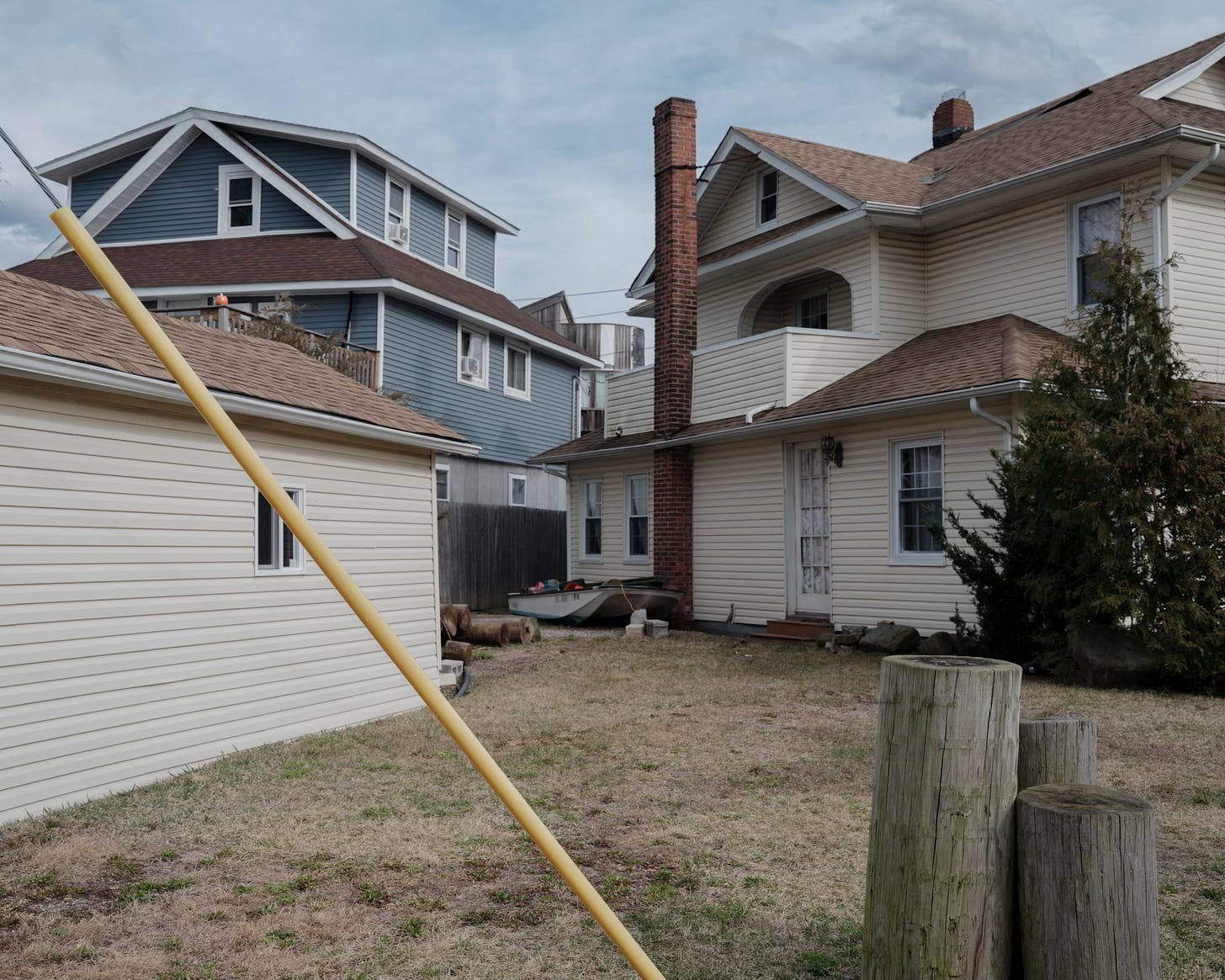
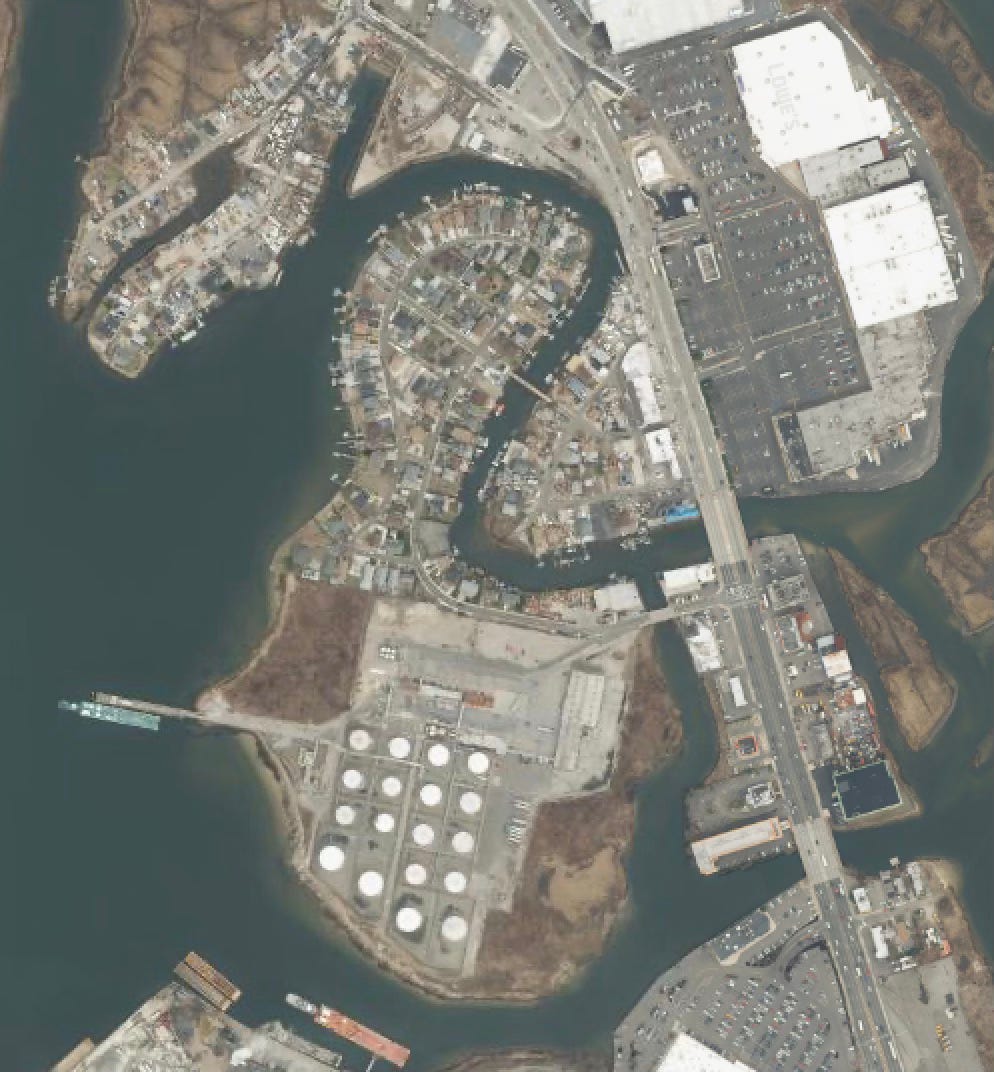
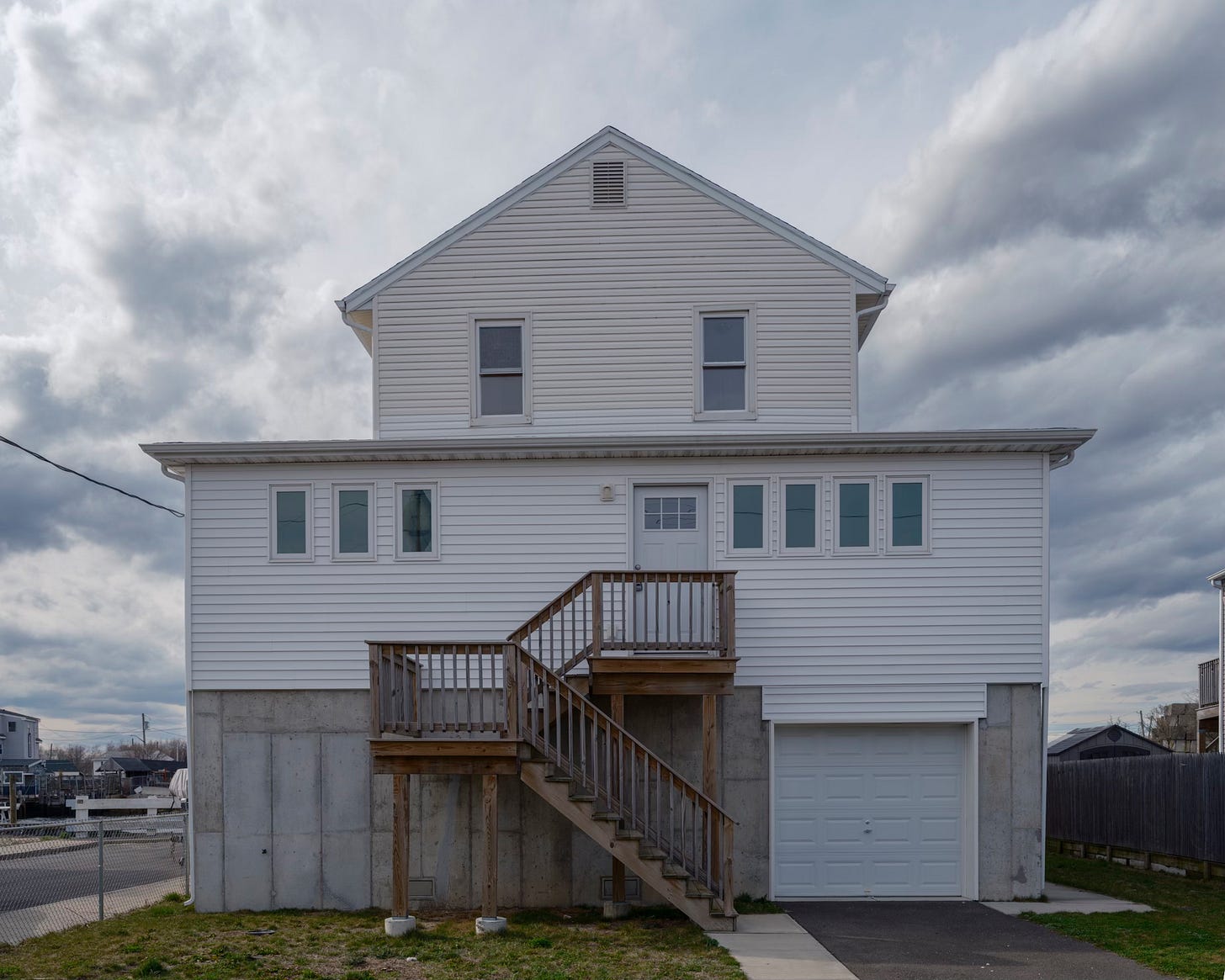
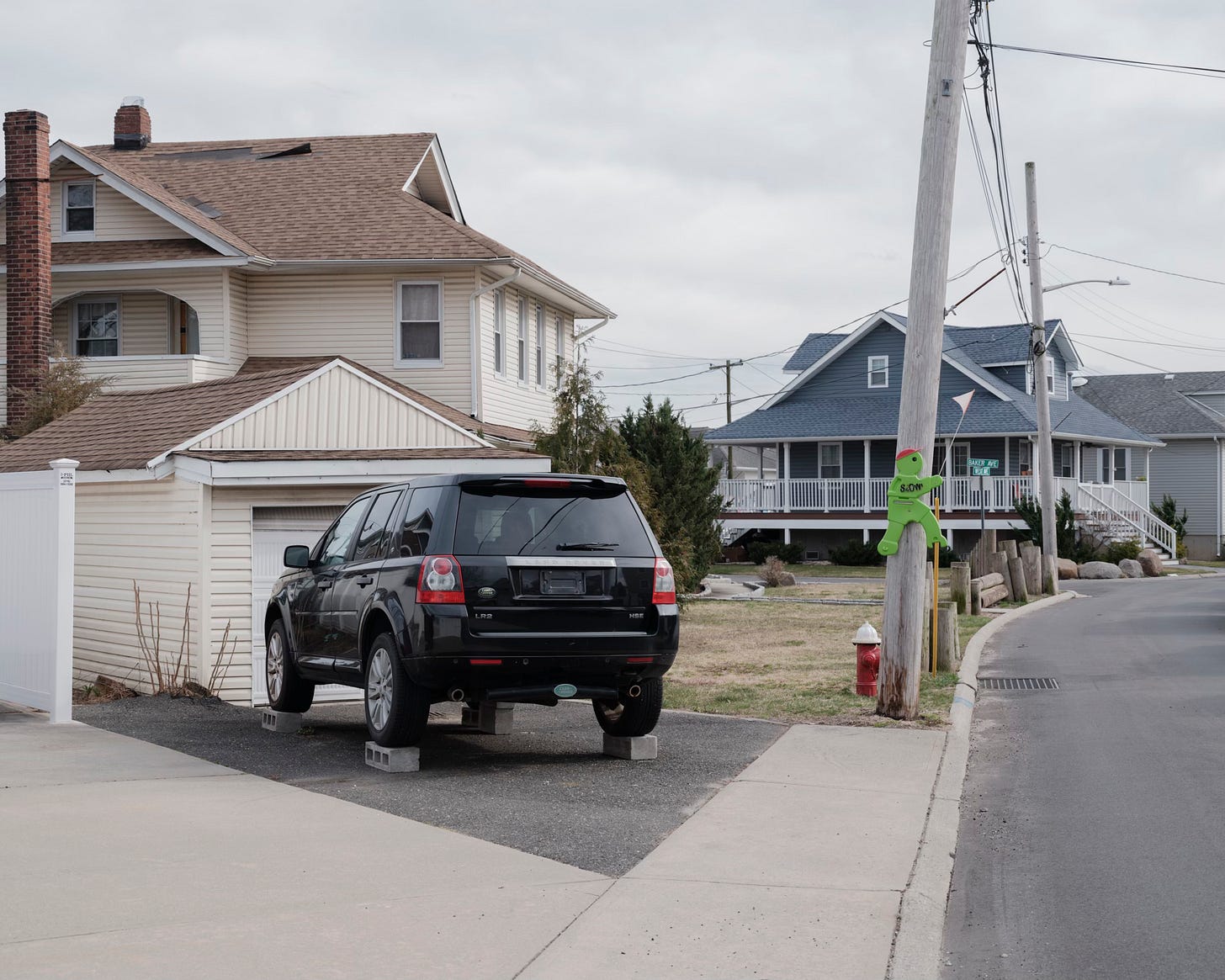
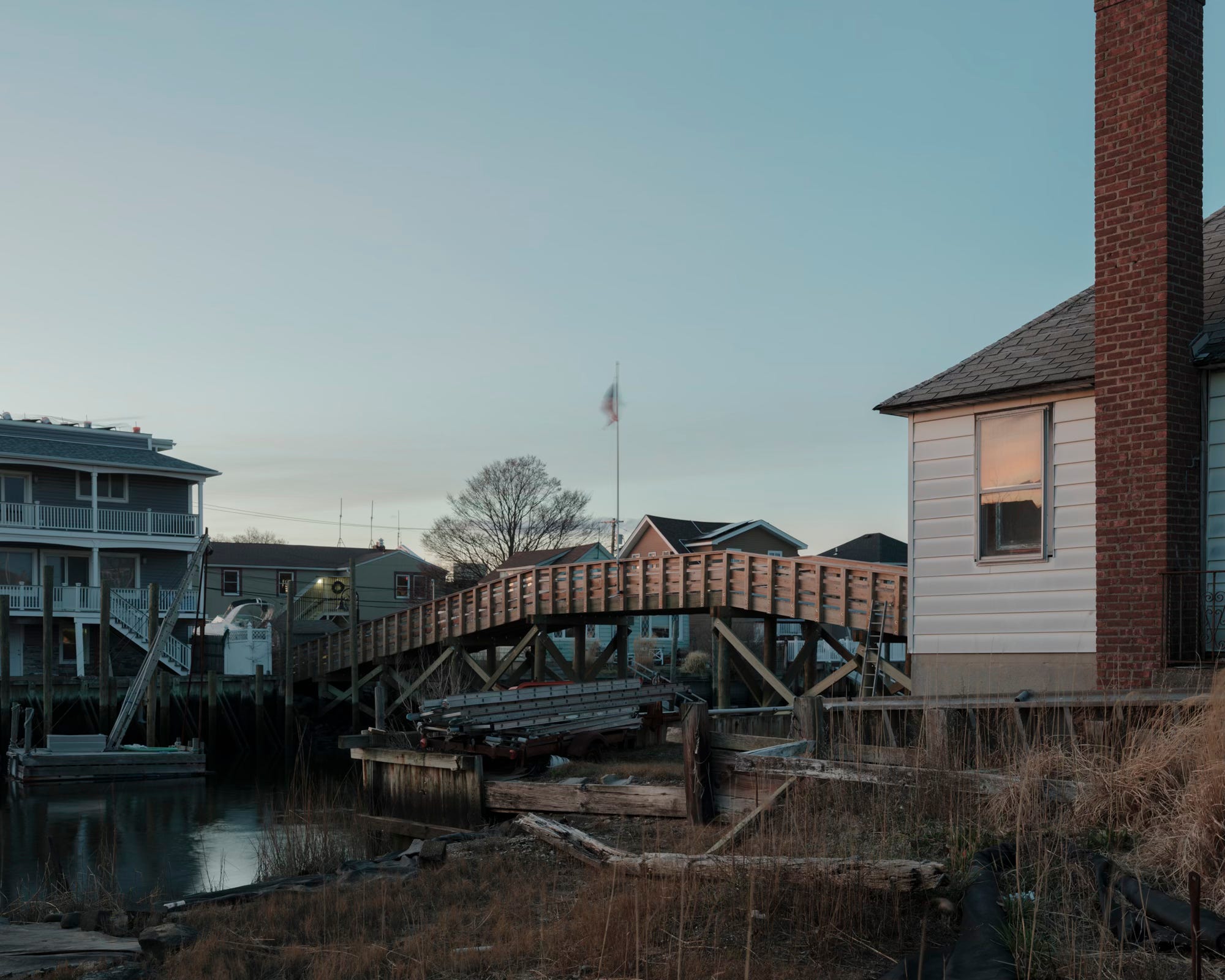
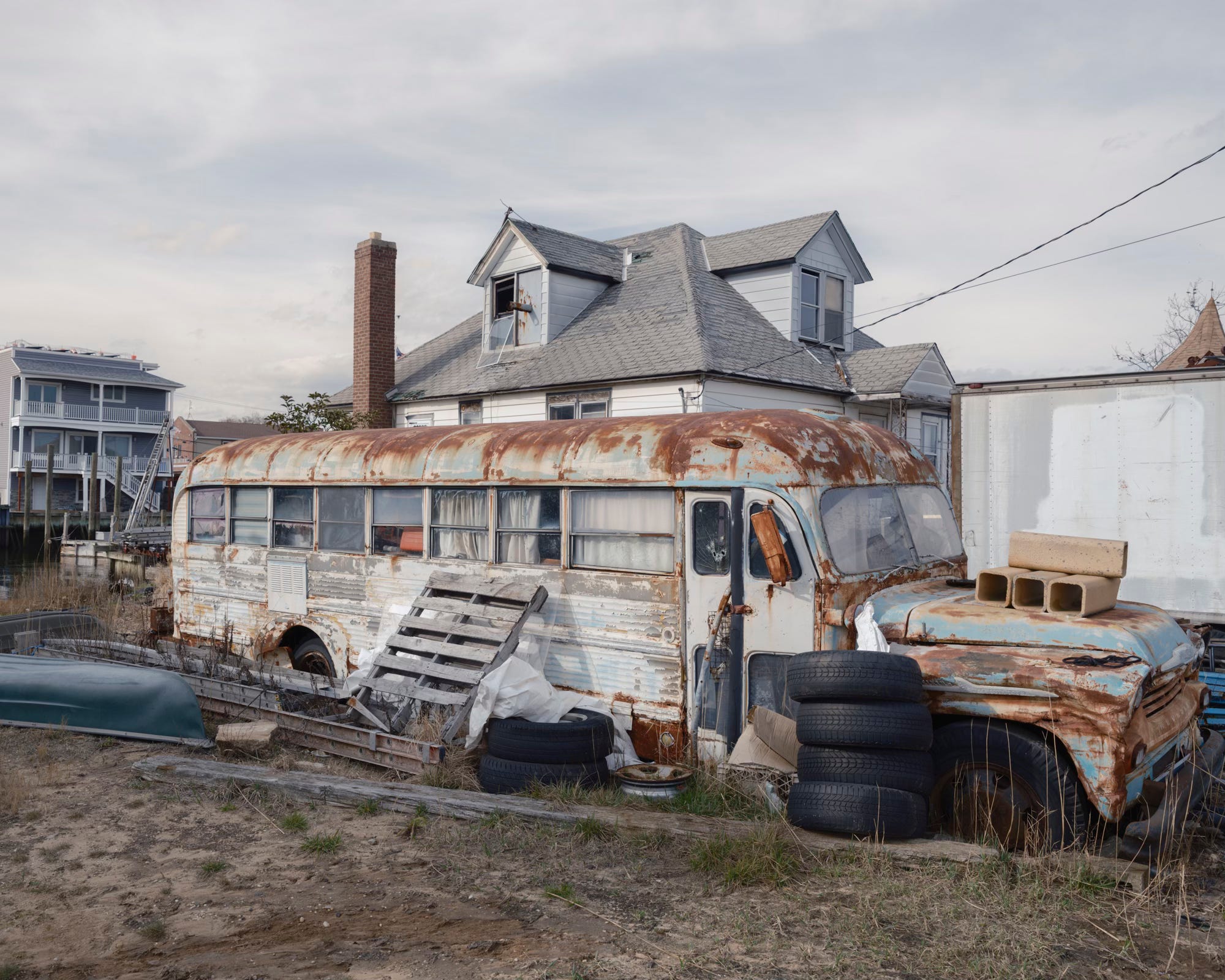

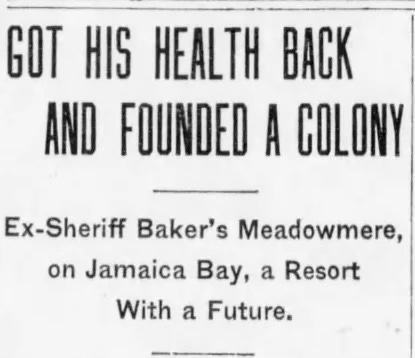


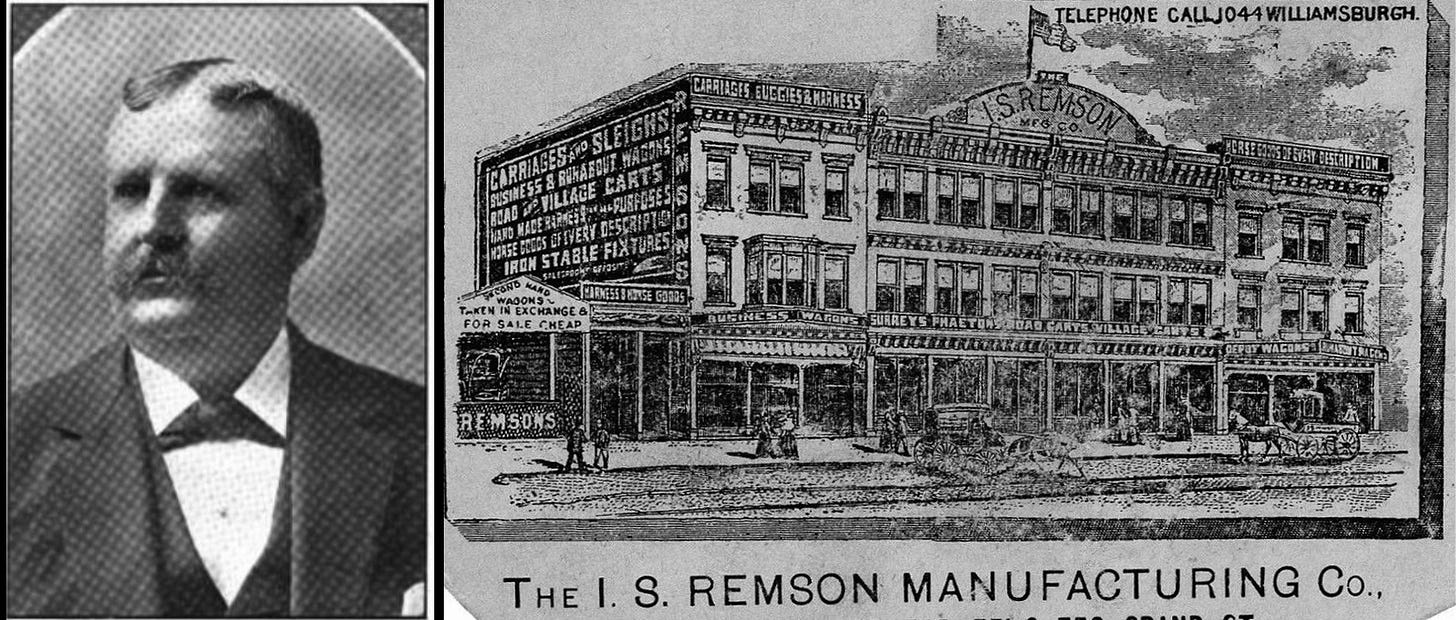

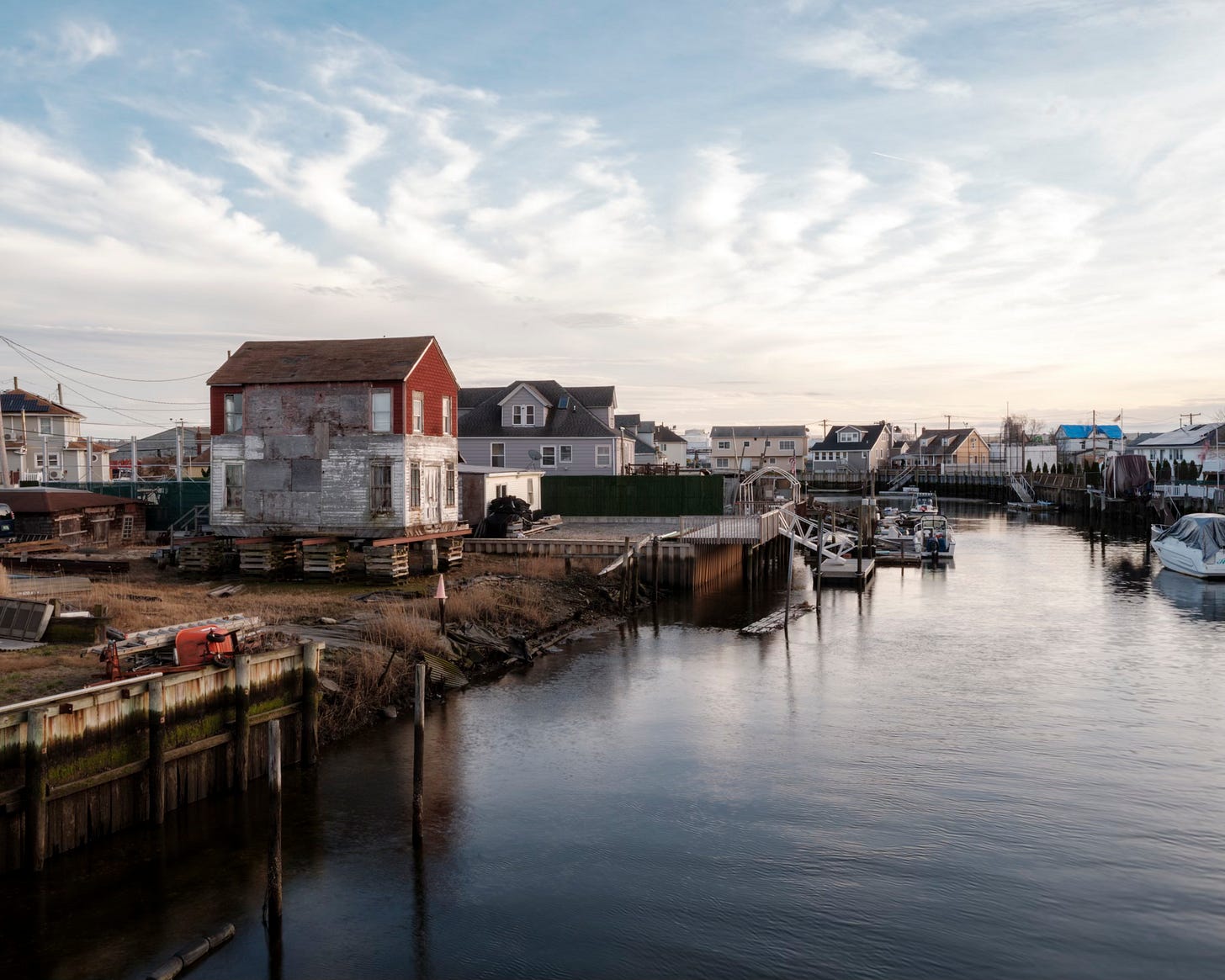
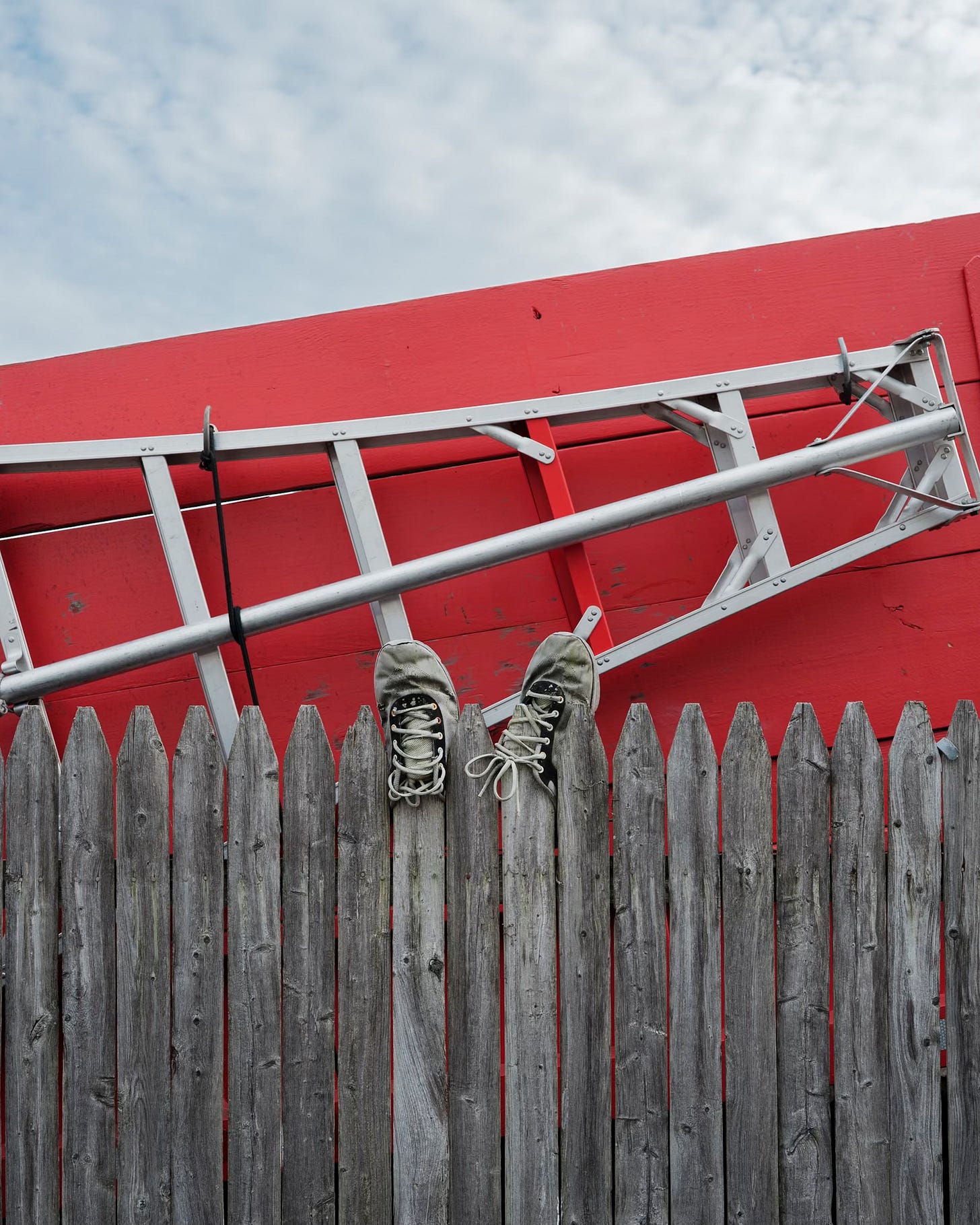
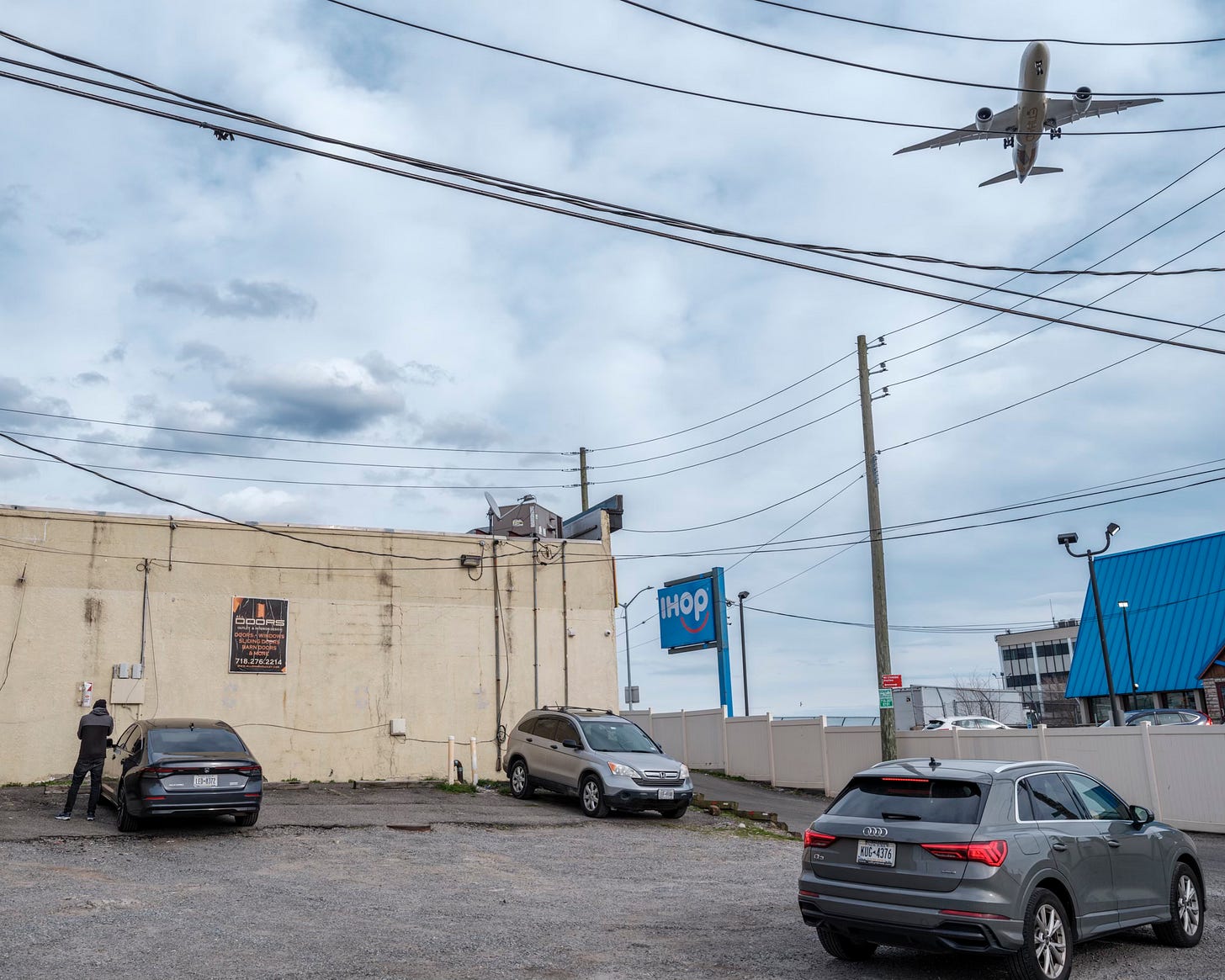
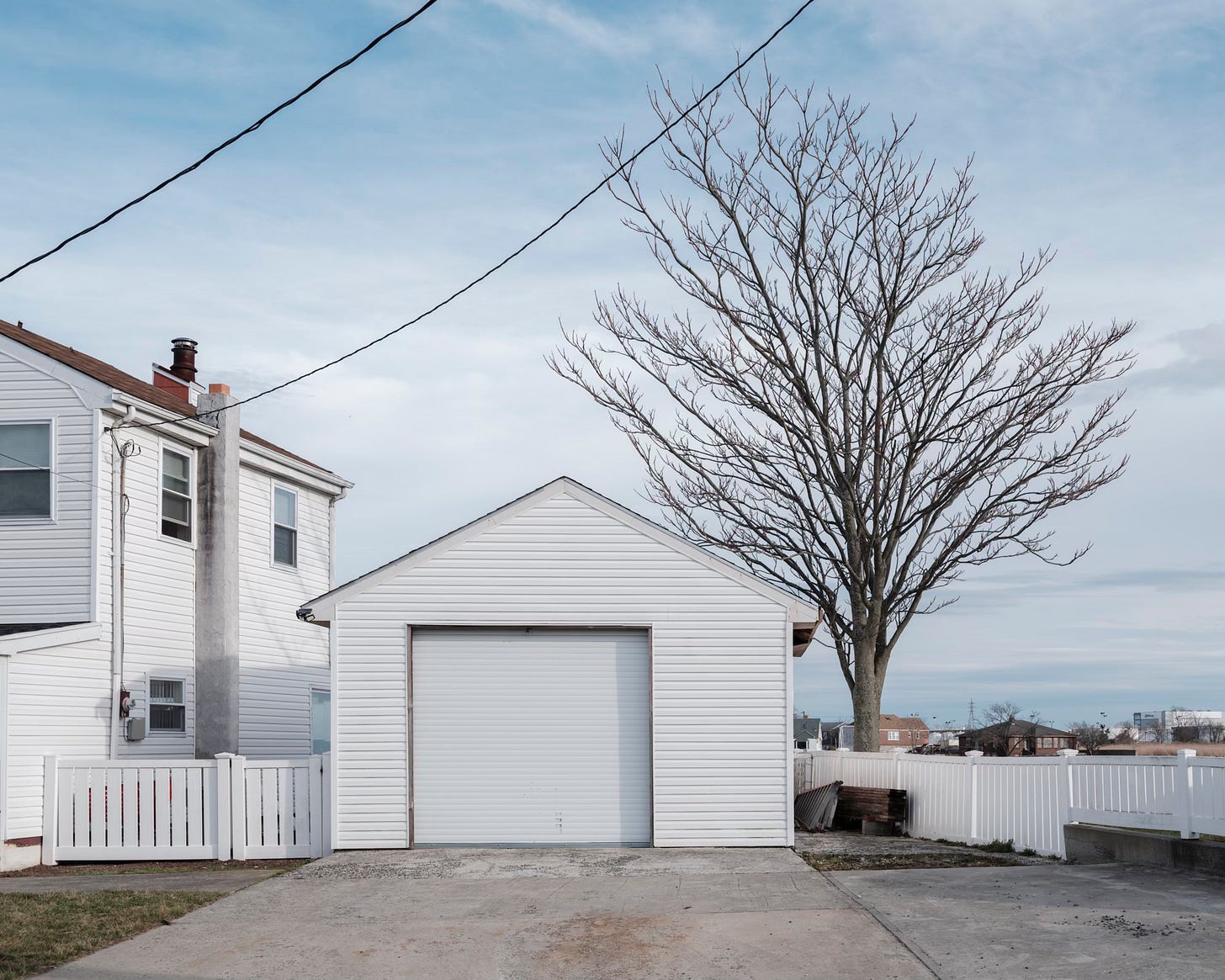
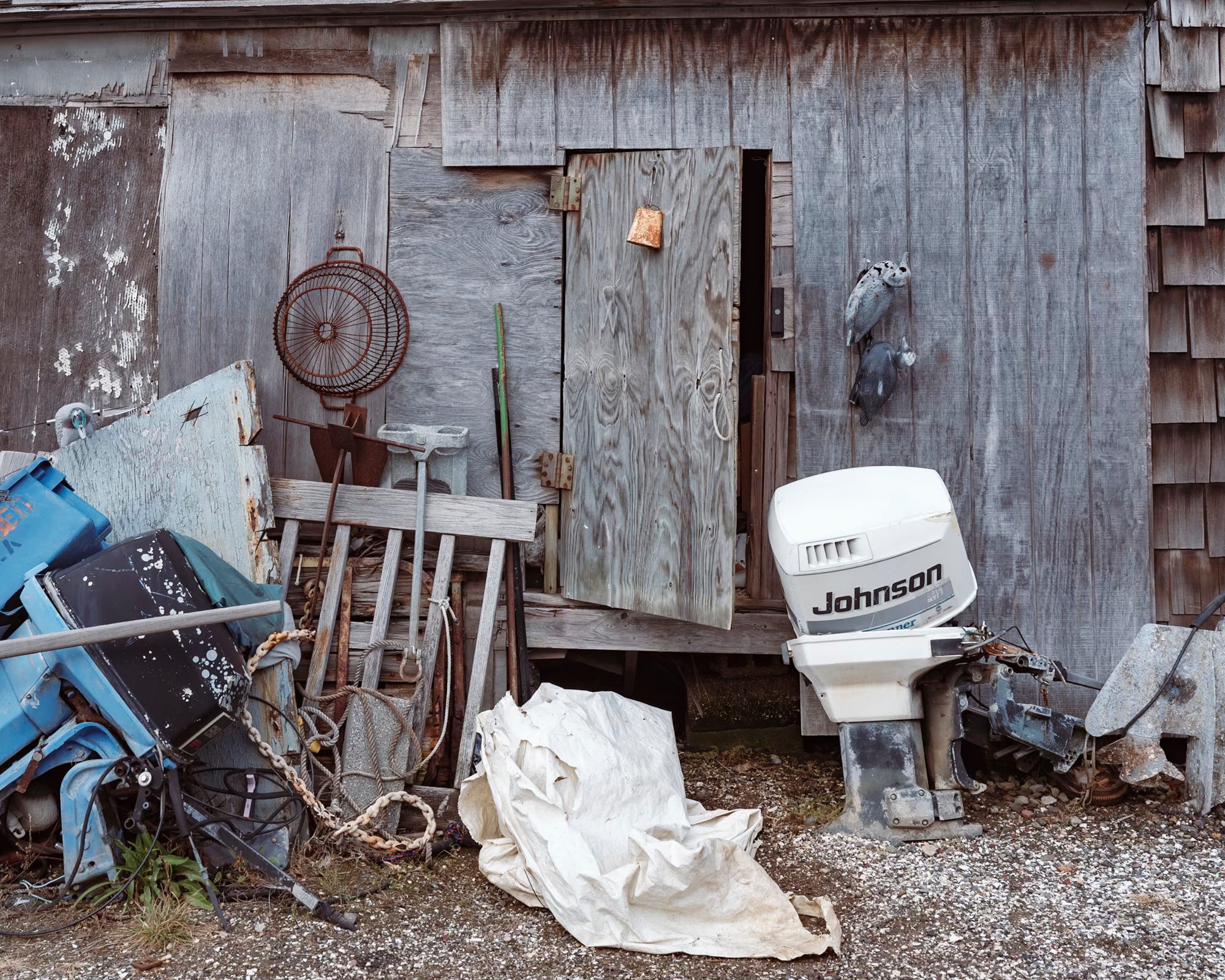

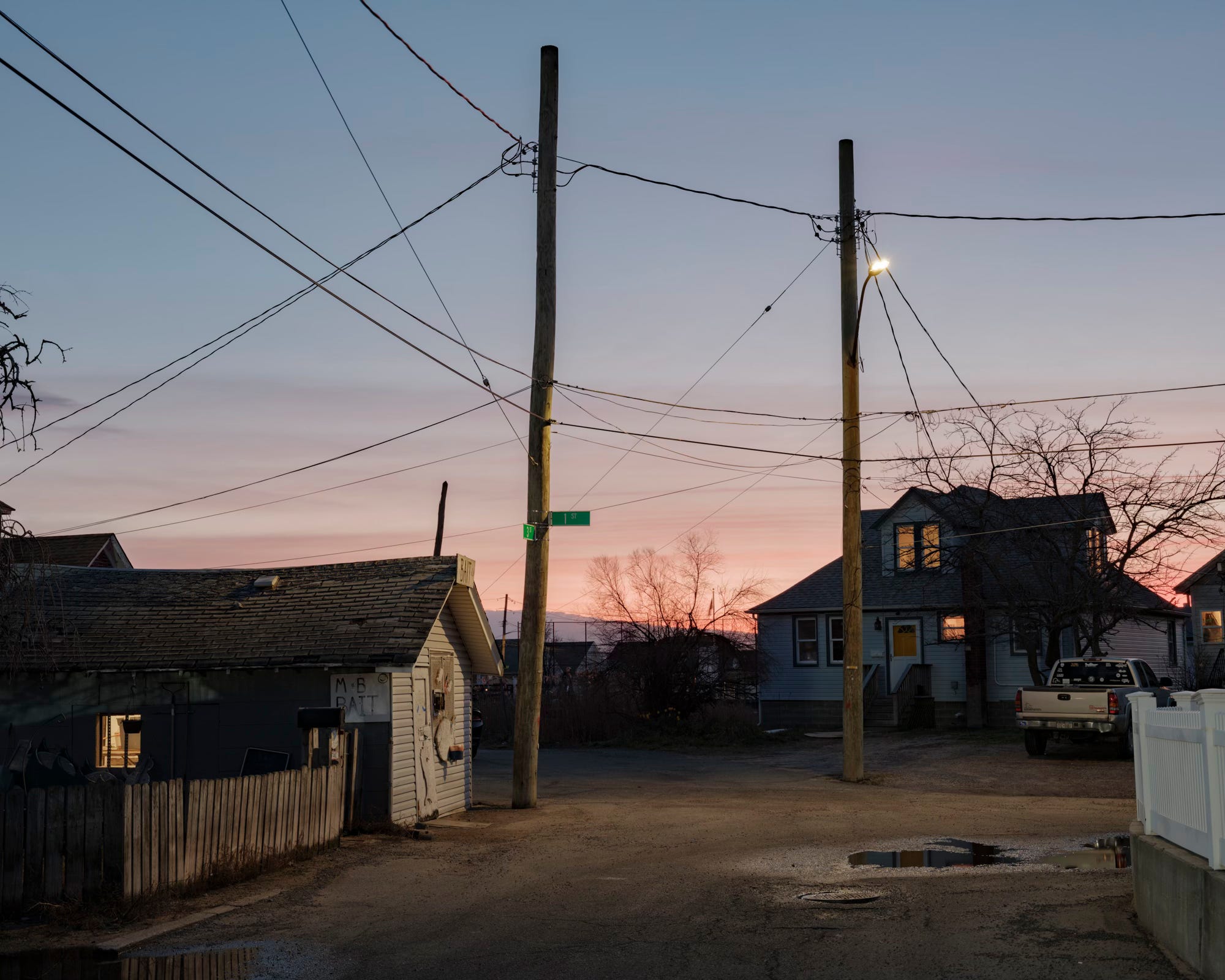

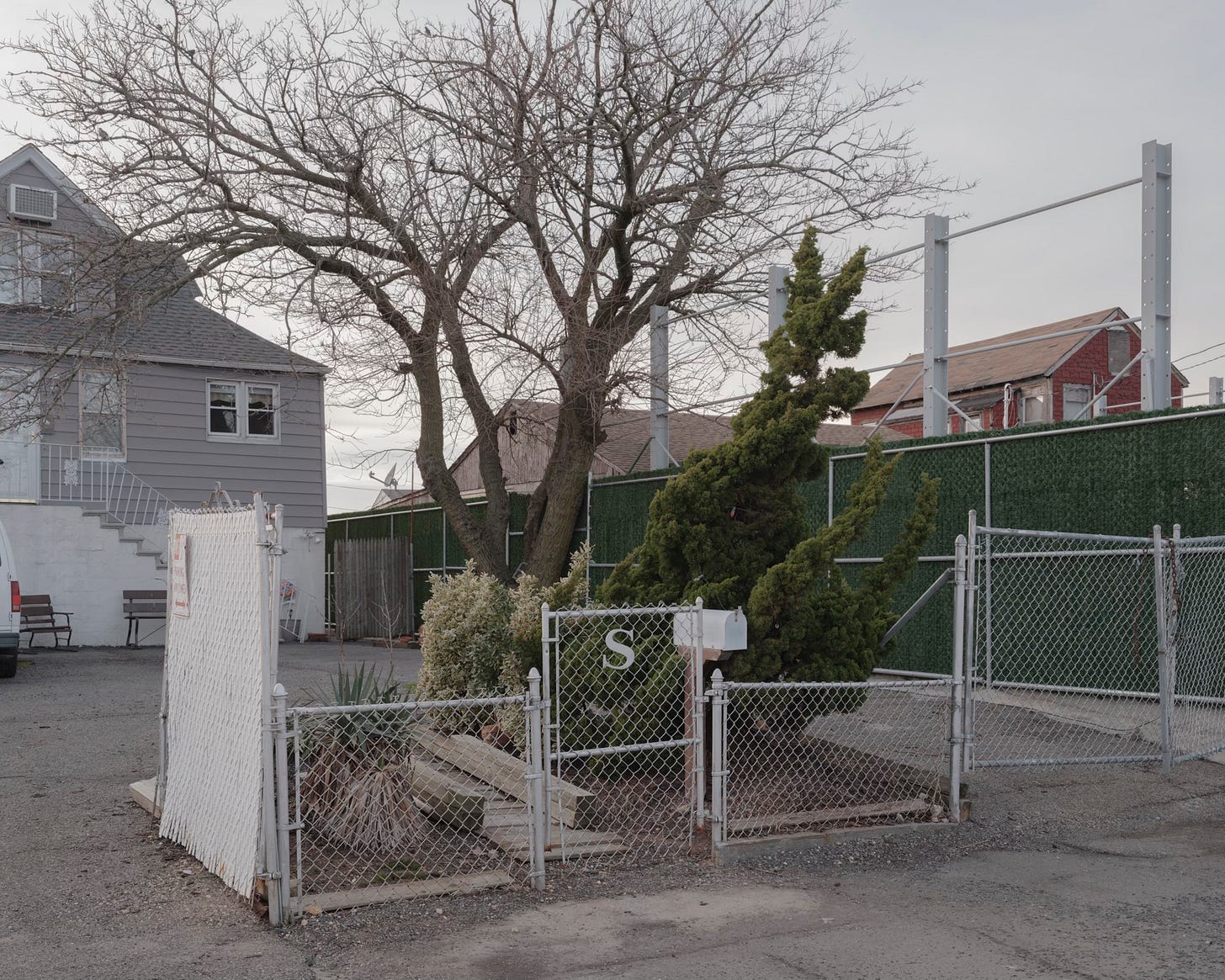
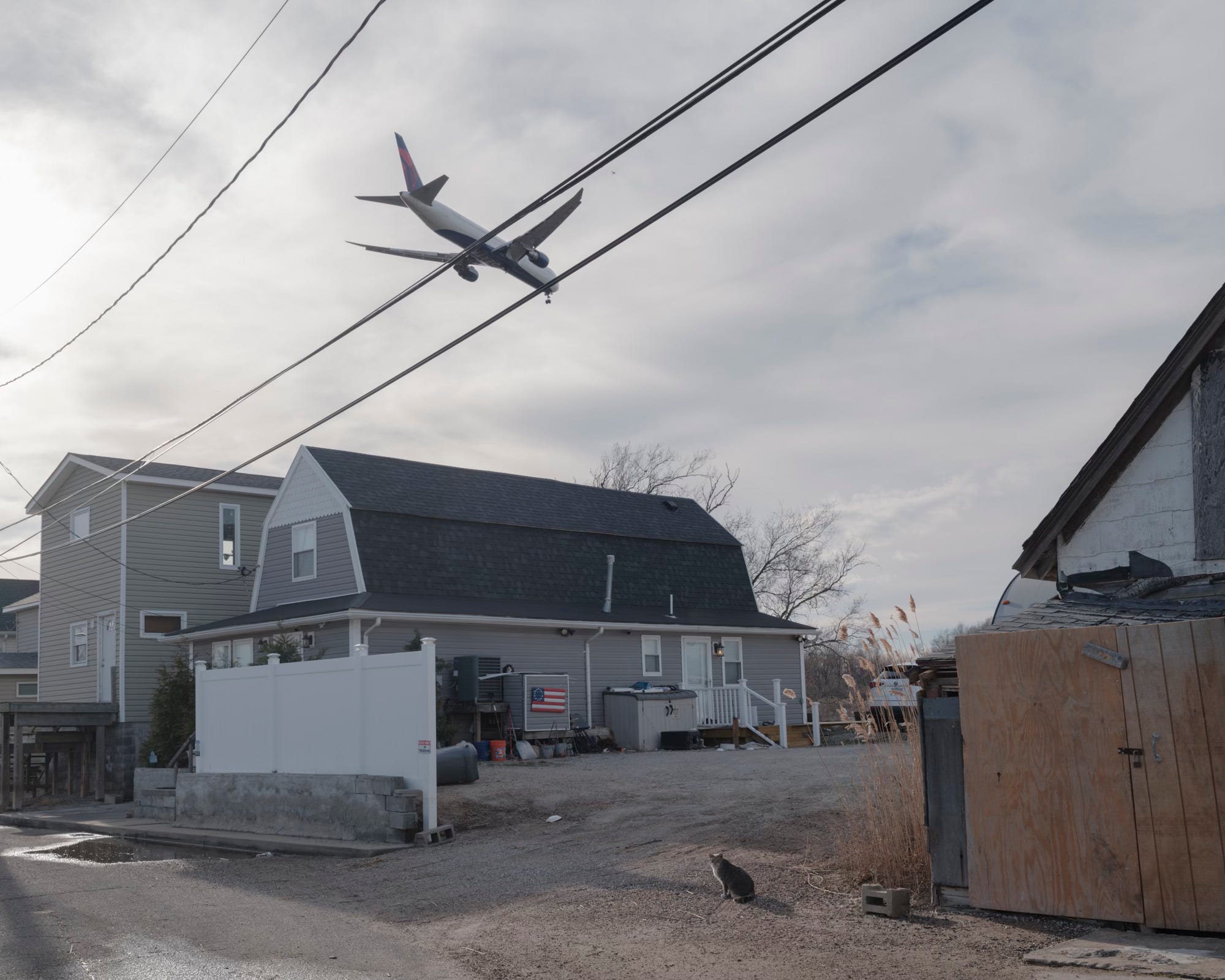
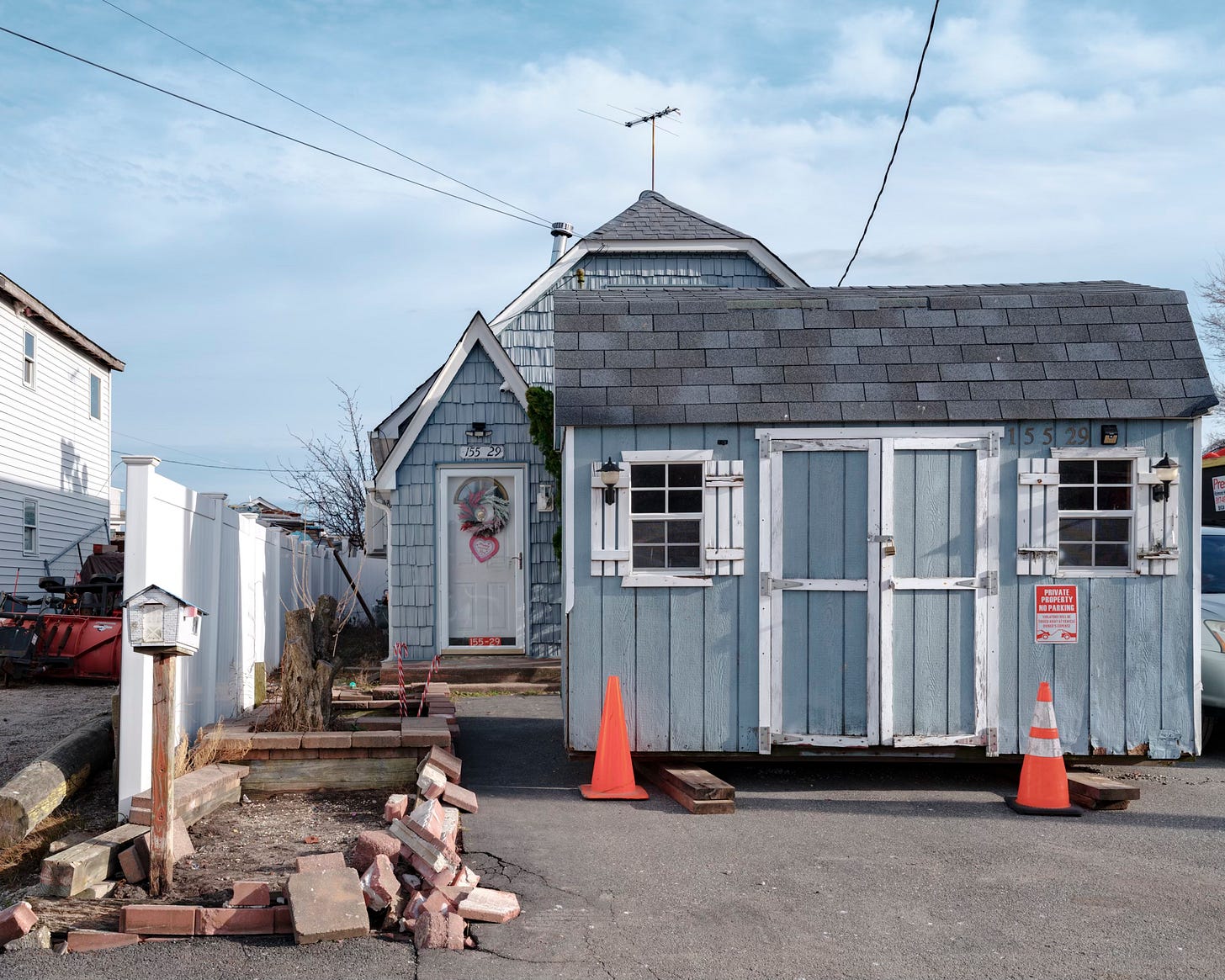
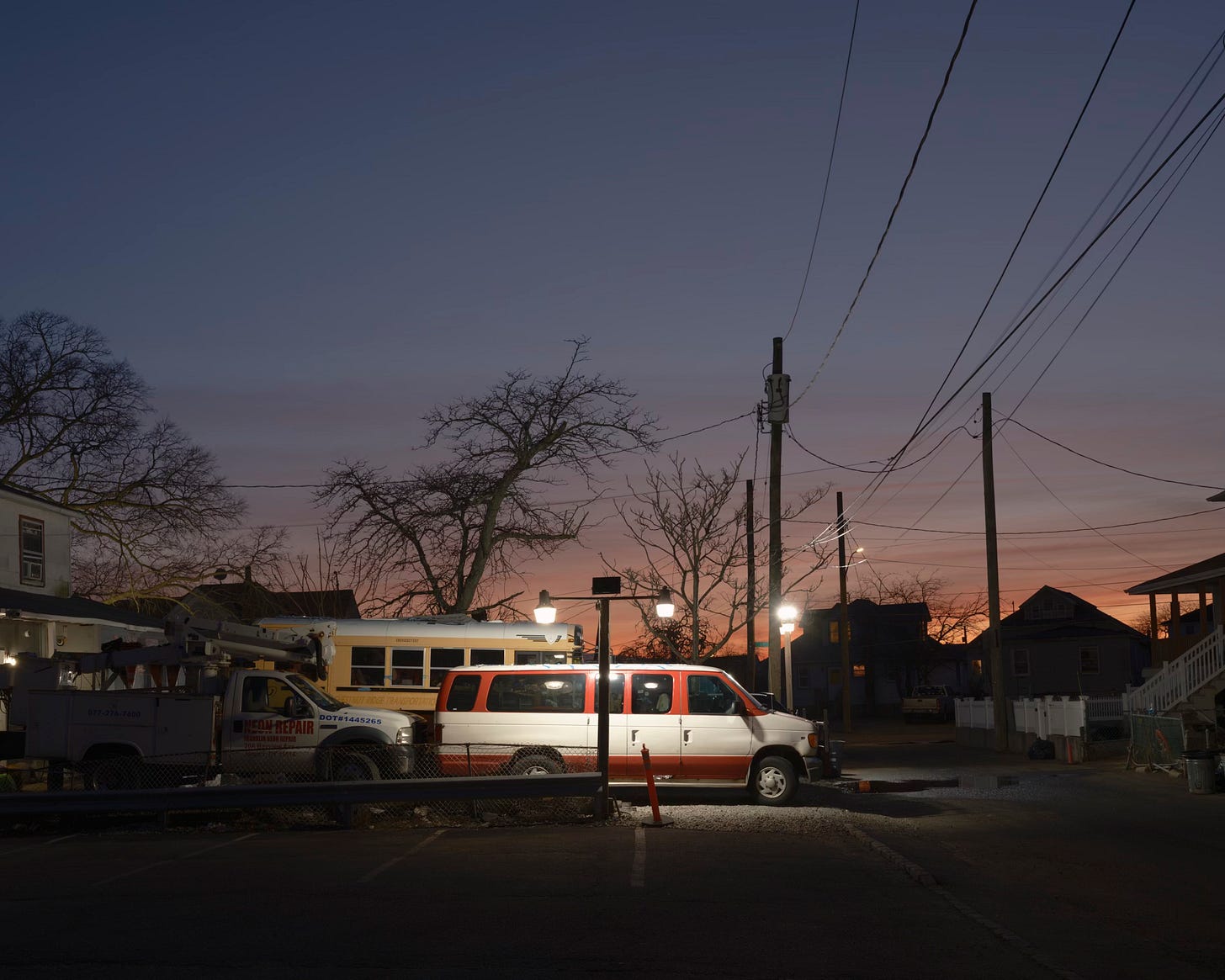
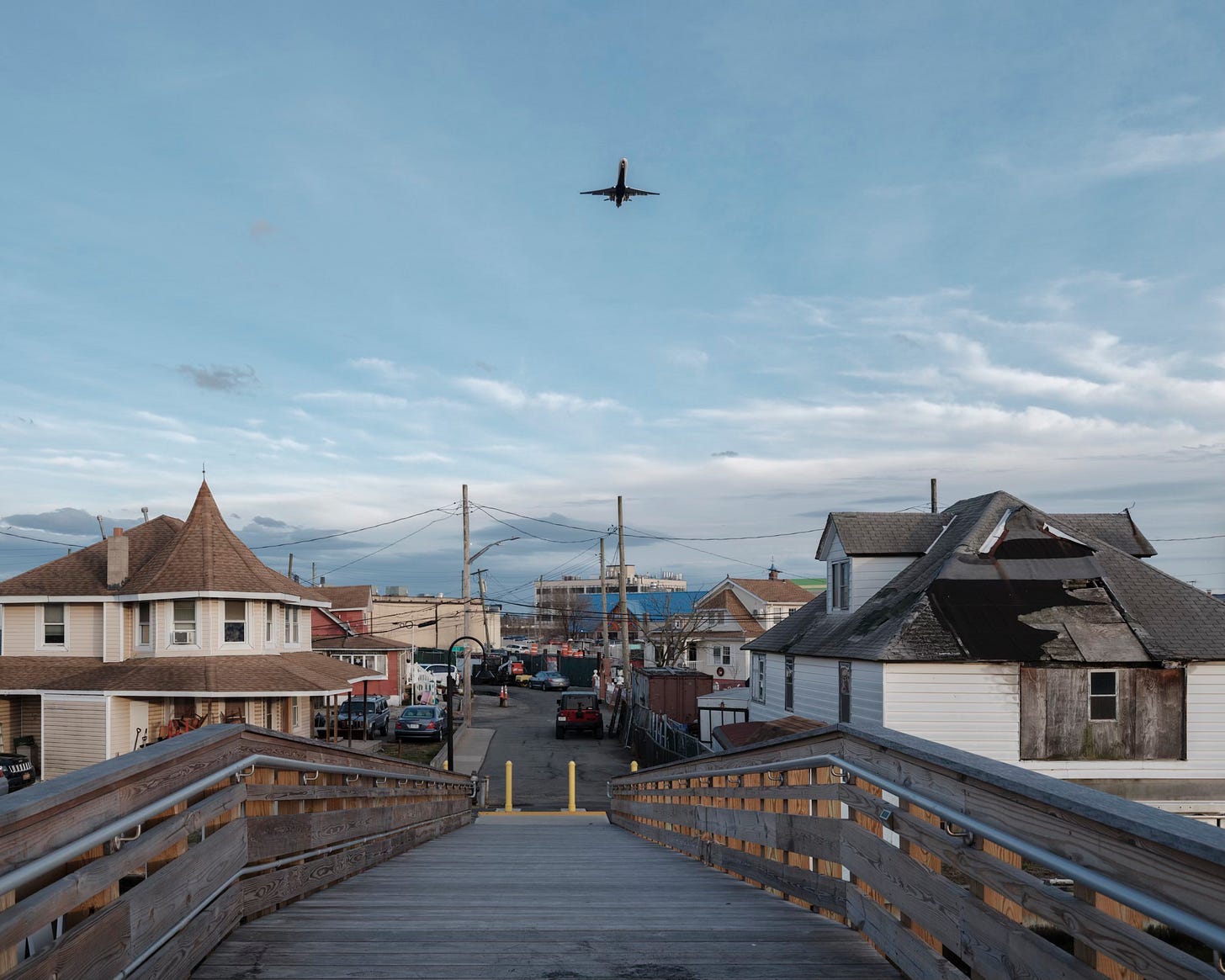
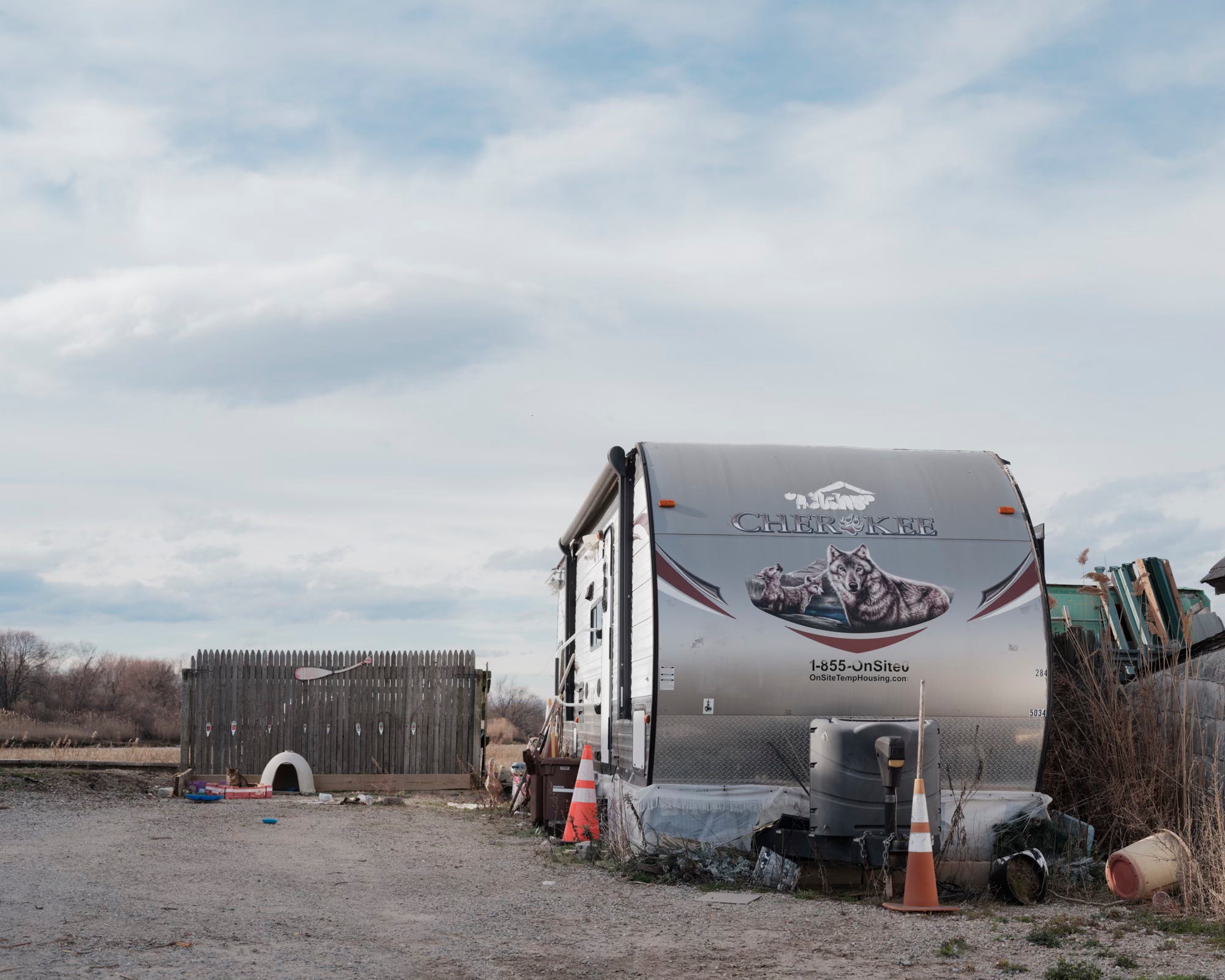
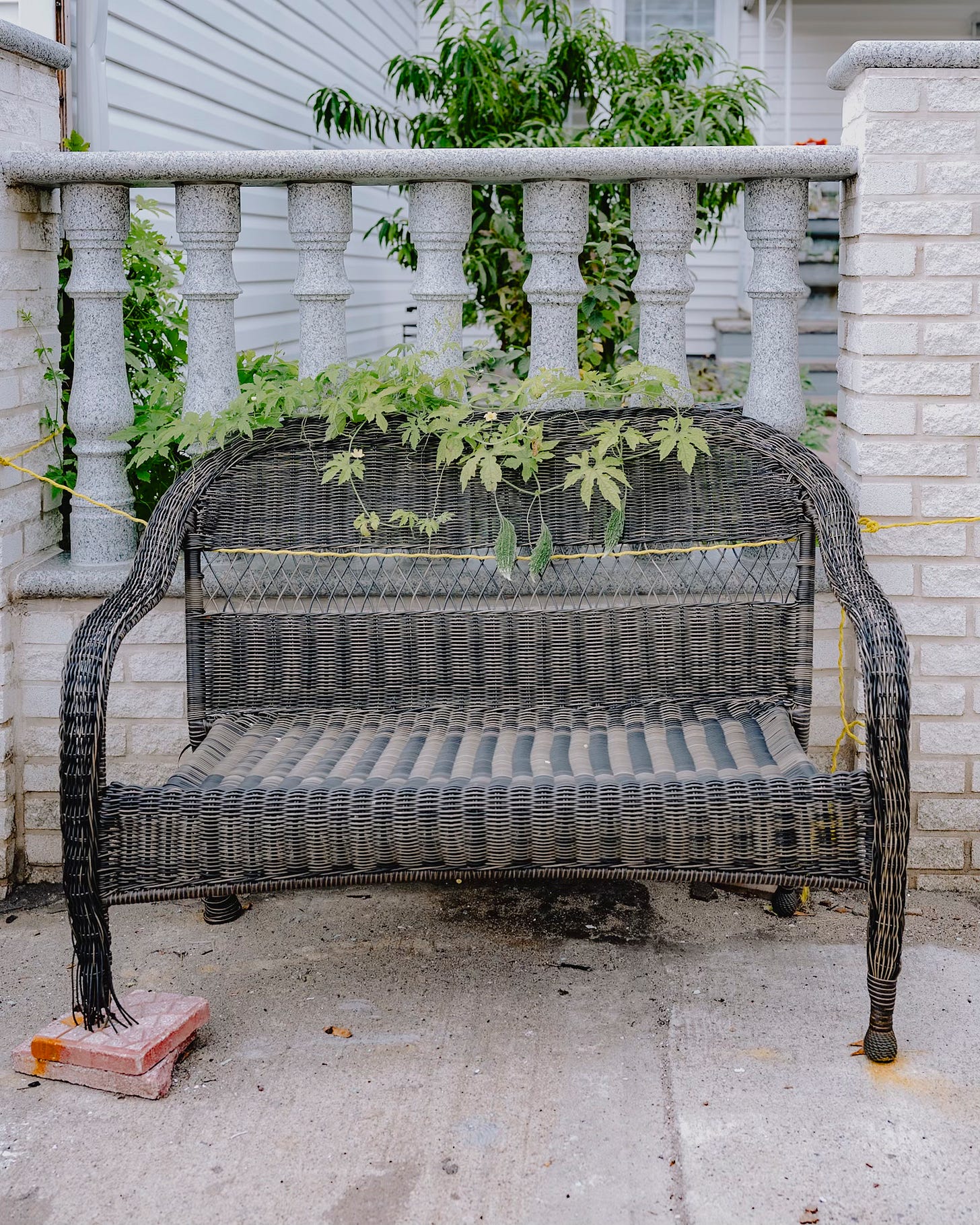
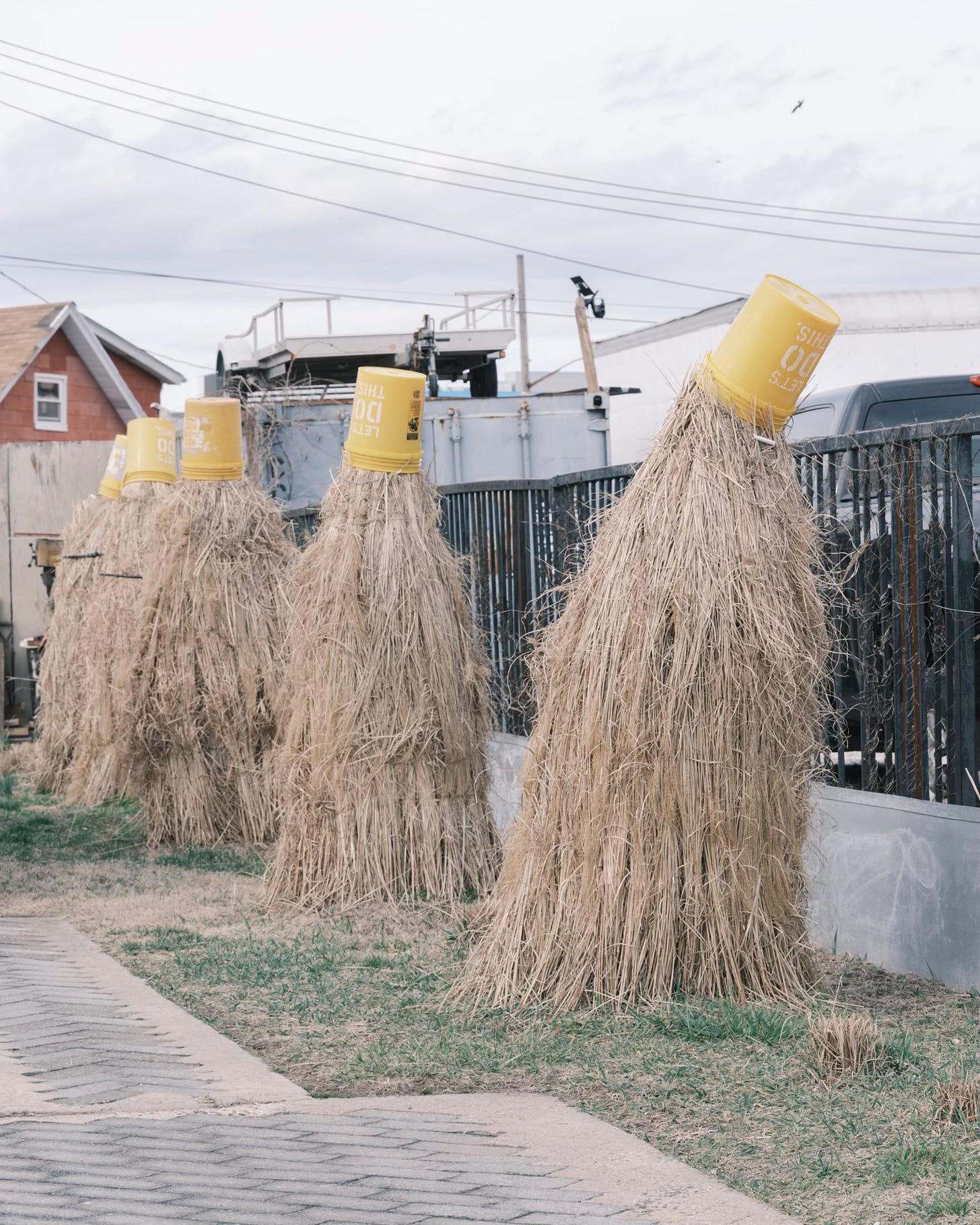
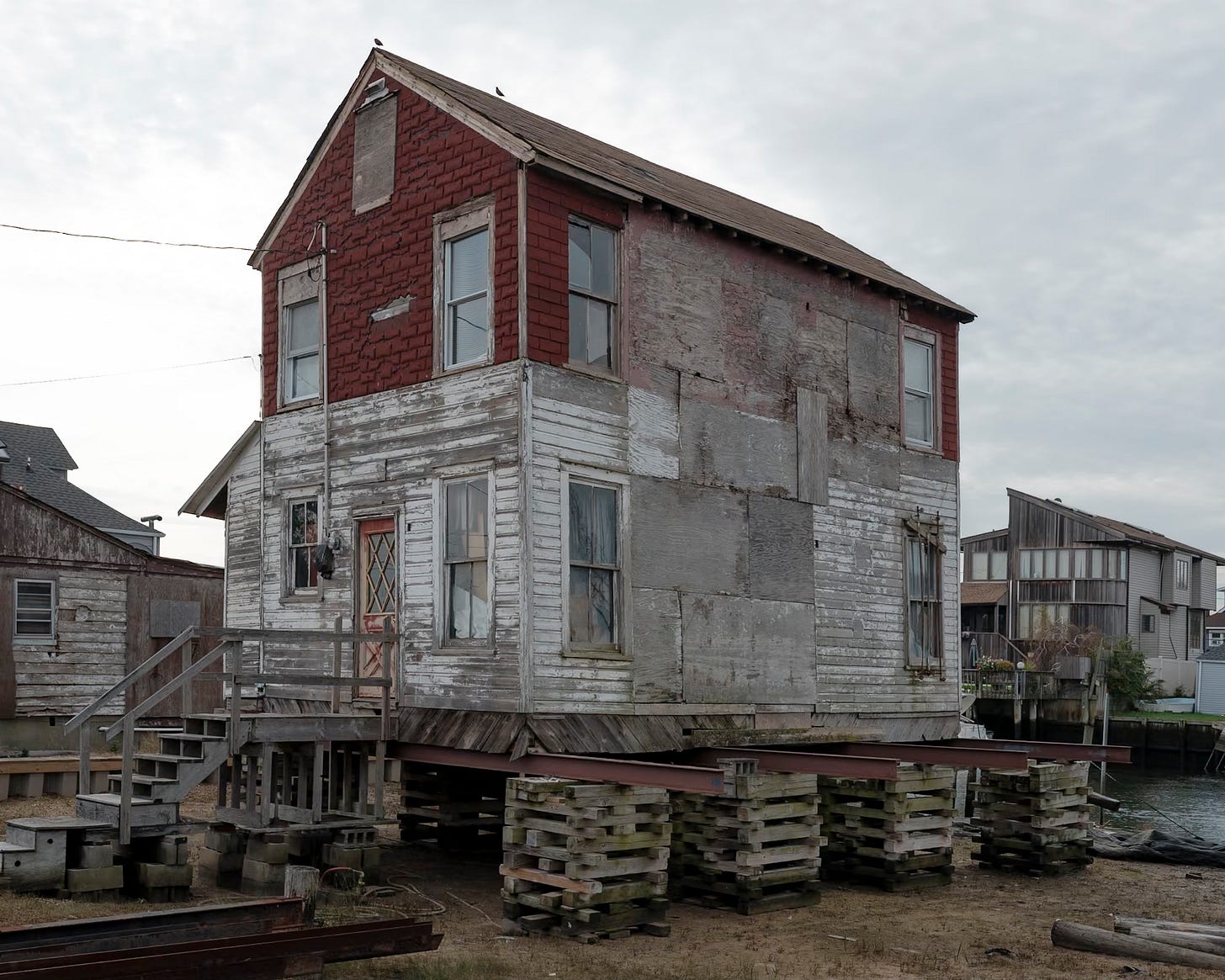
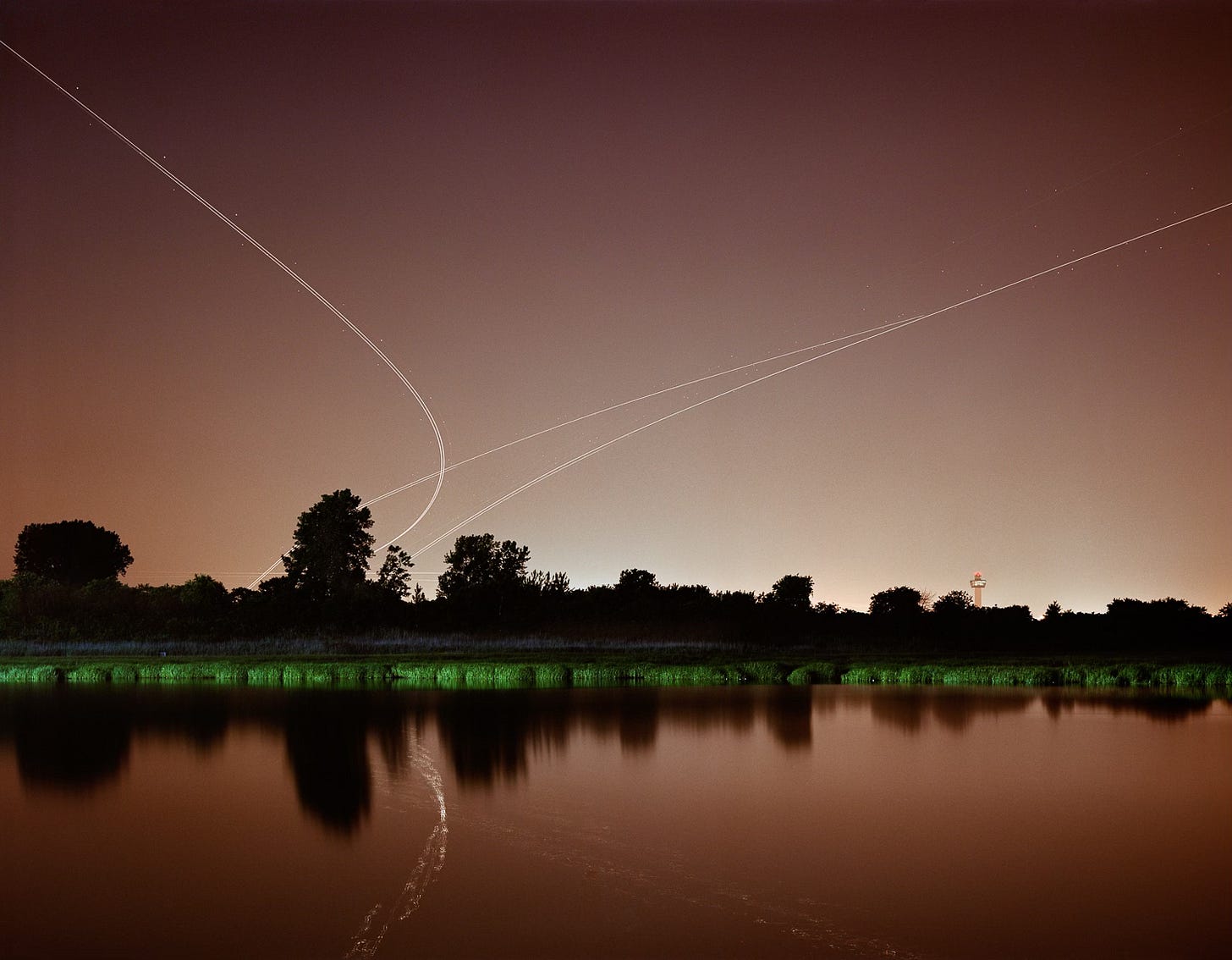
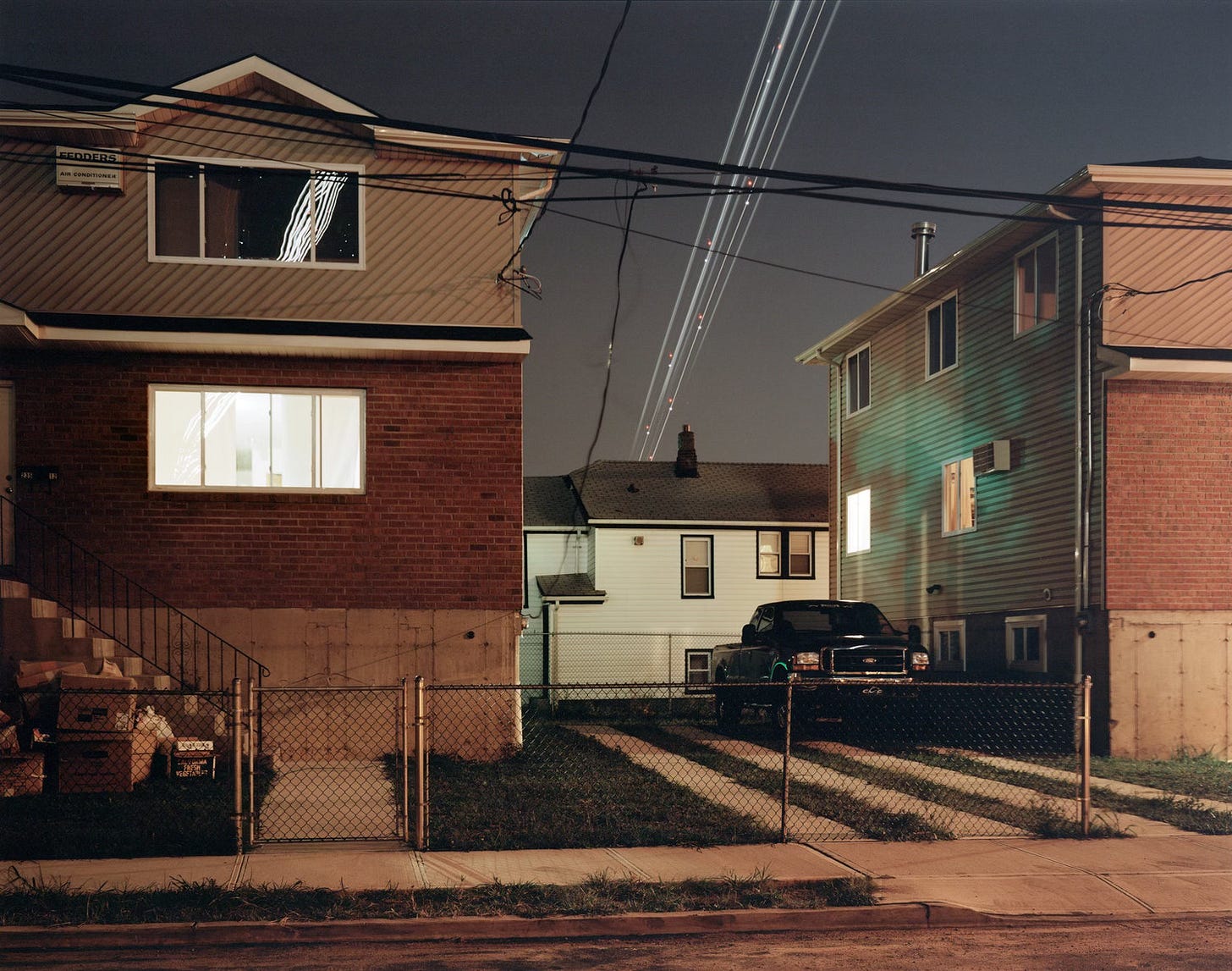
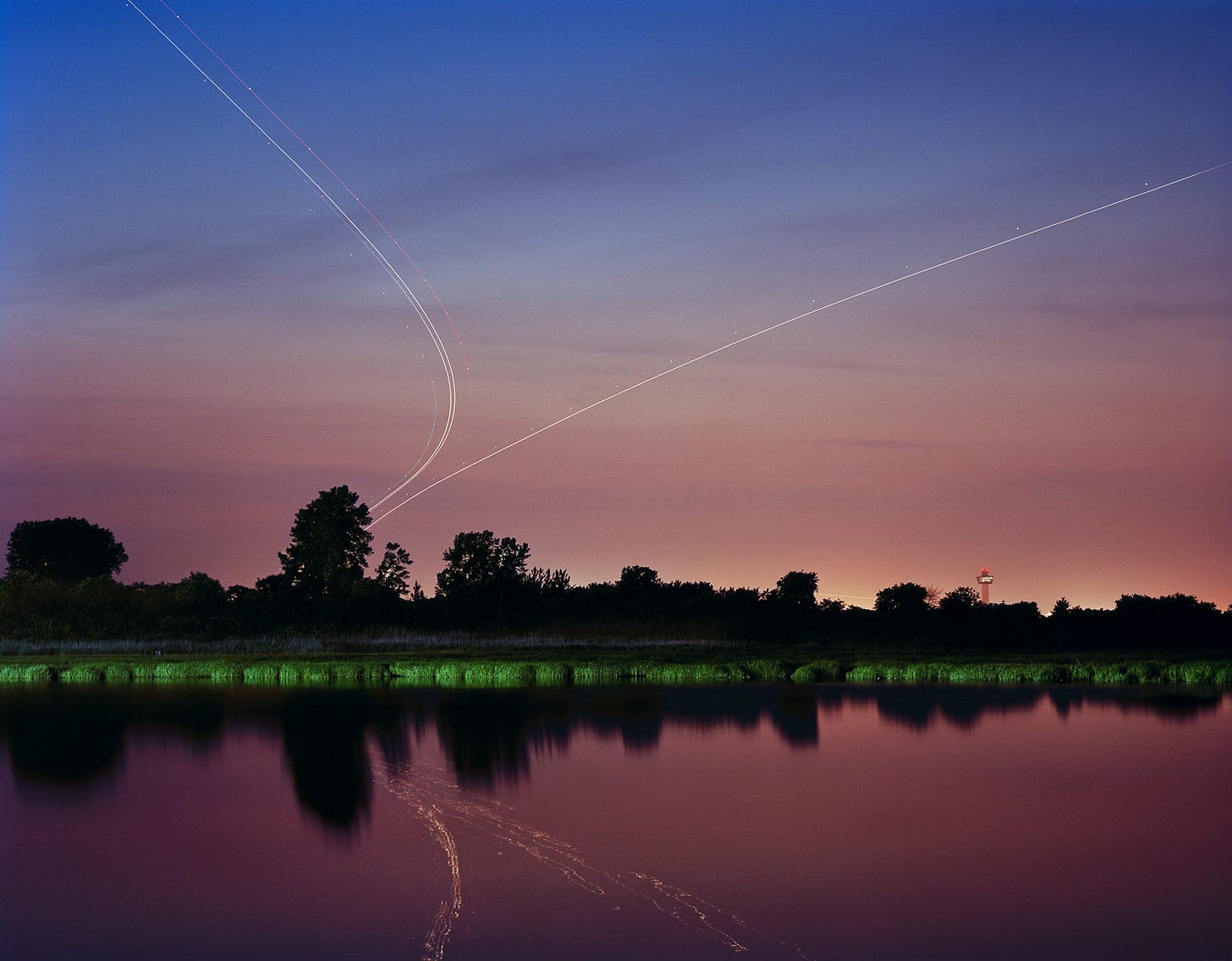
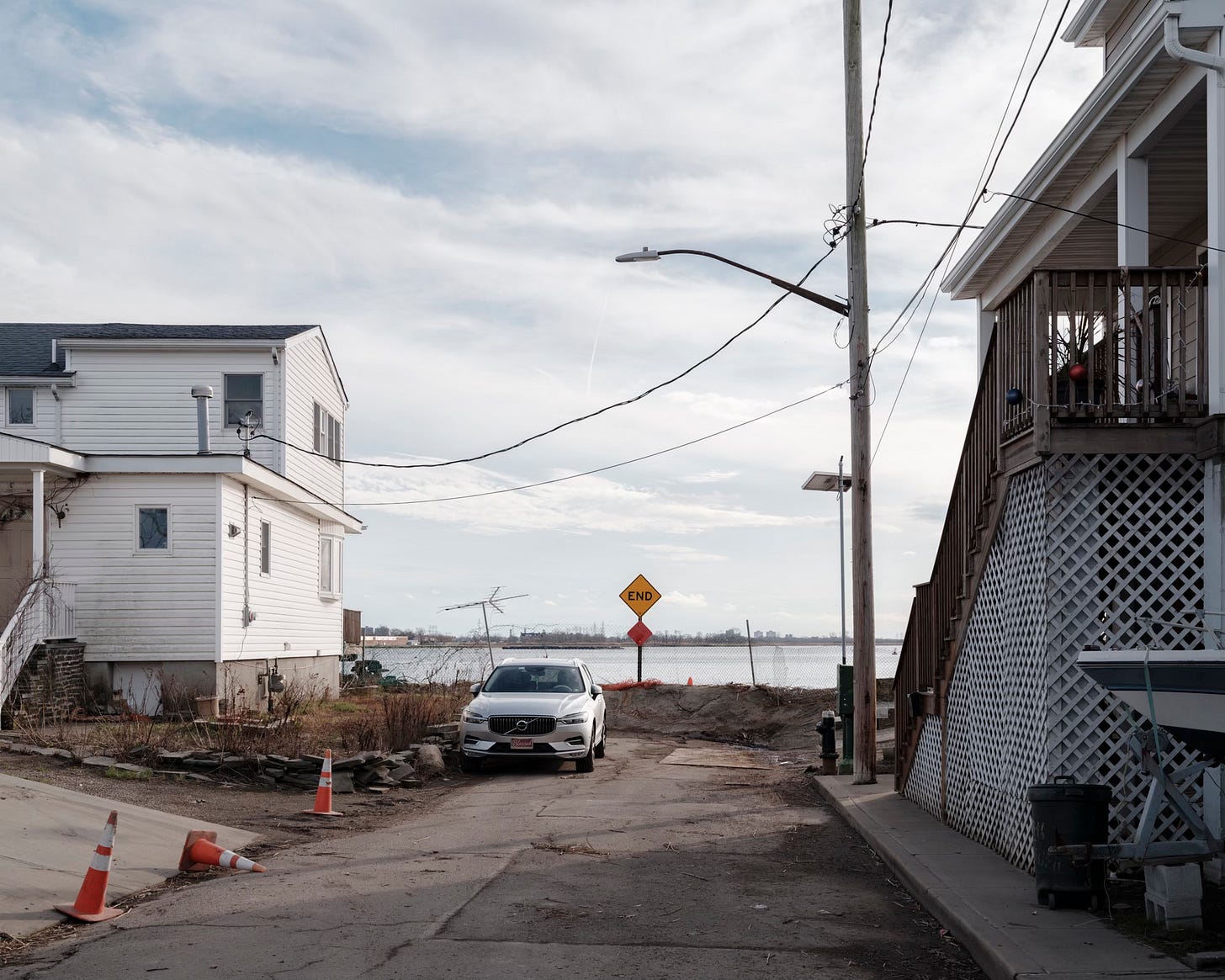
What fascinating places these are. I really enjoy the interweaving of the historical stories and your photography, Rob. You do an impressive amount of deep research for these posts. The restaurant review mentioning the "no-see-ums" had me in stitches! And who knew all eels came from the Sargasso Sea? Two thumbs up!
The research on each neighbourhood is indeed impressive.
Your photographs are stunning!
I feel I am there on those streets.